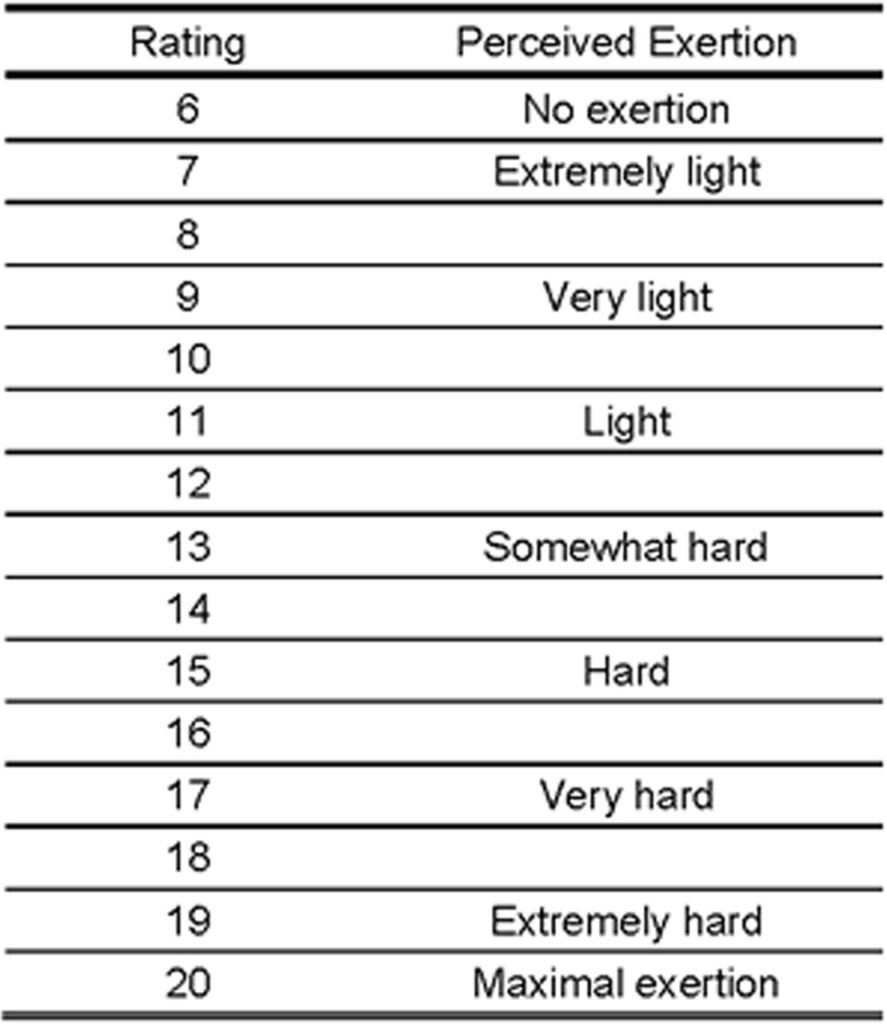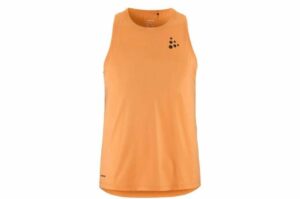What is RPE and how can you use it in training?
Using a simple and subjective measure, your rating of perceived exertion (RPE), could be as effective as heart rate or blood lactate monitoring


RPE refers to your rating of perceived exertion. Basically, this is a subjective indicator of how hard you feel you’re working at any given time. And it turns out it could be a cheap and surprisingly effective way to improve how you run and train.
RELATED: How heart rate training can help you beat the heat
Perceived exertion is most often measured using the Borg scale, which is a relative scale used to describe how hard you feel you’re working. It starts at six (no exertion) and goes all the way to 20 (maximal exertion). It was created in 1982 by Dr. Gunnar Borg (hence the name) and was designed as a simplistic way to estimate heart rate. Multiplying the Borg score by 10 would give an approximate heart rate.
When applying this tactic to running, a very easy run might rank as a nine or 10. A longer run, especially at the end, might be a 13. A tempo run at half-marathon pace might rank as a 15 or 16 whereas an 800m interval at 5K pace or a 60-second hill repeat might be a 17 or 18.
So what would rank as a 20? An example of that might be the last kilometre of a 10K race or the last 400m repeat on the track, when you swear you can’t run another step.

In one 2013 study, more than 2,500 men and women were recruited to test the association between Borg’s RPE and physiological exercise parameters (heart rate and lactate concentration). Findings showed strong and significant associations between RPE and both heart rate and blood lactate, irrespective of gender, age, physical activity status, exercise modality or heart disease.
Basically, this means that RPE can accurately assess how hard someone is working roughly in line with what their heart rate and blood lactate levels show. And you only need to ask them– no fancy equipment required.
What does this mean for you and your training?
In short, you don’t need a heart rate monitor or an expensive blood lactate test to determine how hard you are working. You probably already have a very good and innate sense of it. The next step is to determine roughly what RPE score corresponds with what training pace or run type. Getting an accurate sense of this will take time and experience. Your ratings will also vary with external factors like temperature, wind, terrain and even how tired you feel. Some runs (or paces) will feel harder than they normally do, despite working just as hard. This is useful when “running by feel.”
For reference, here’s a rough estimate of some runs and paces and a likely Borg score. Note, of course, that individual results will vary.
Borg score rating – Run type (Approximate race pace)
7-8: Recovery run
9-10: Typical easy run
11-12: Long Run
13-14: Tempo Run (Half to Marathon race pace)
15-16: Threshold Run (10K to 10 Mile race pace)
17-18: VO2 max training (3K to 5K race pace)
19-20: Max effort (1 Mile to 3K race pace)

